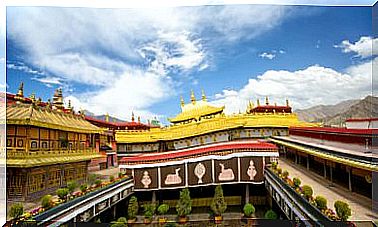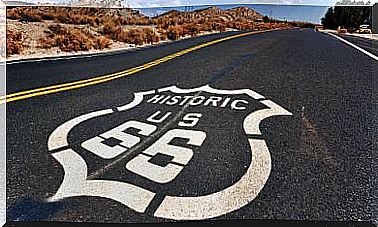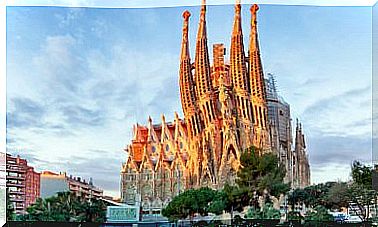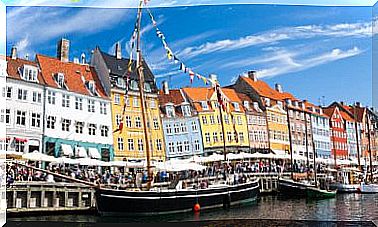The Most Spectacular Roman Amphitheaters
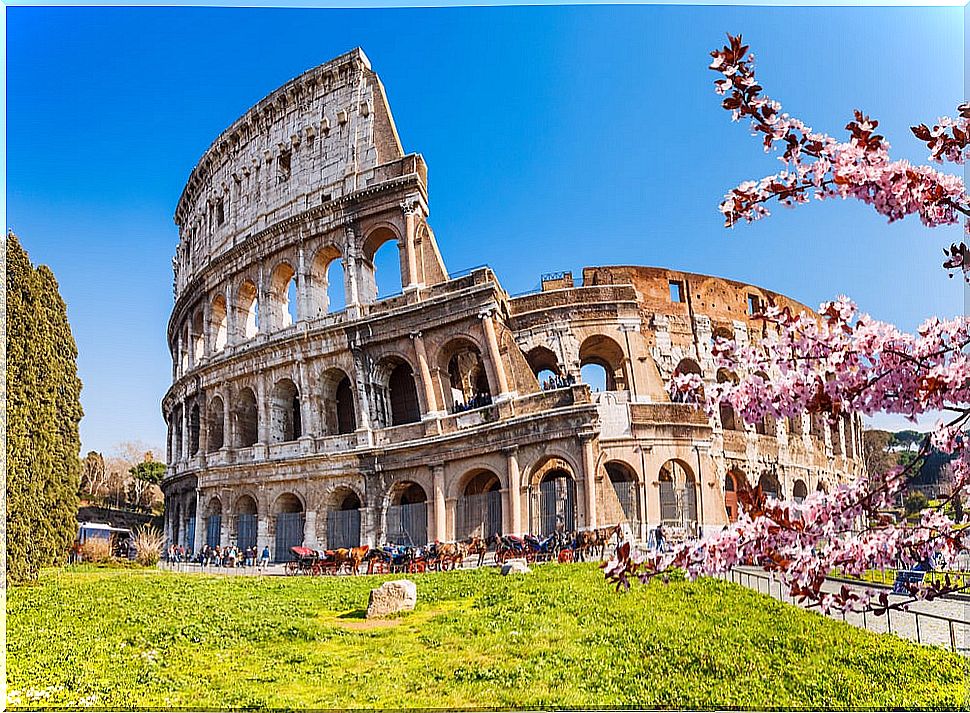
You are interested in the history? Are you passionate about everything that has to do with the Roman Empire? Then you are going to love this trip for sure! We are going to show you the 10 most spectacular and beautiful Roman amphitheaters that can still be admired. A true journey back in time.
1. The Roman Colosseum, the king of the Roman amphitheaters
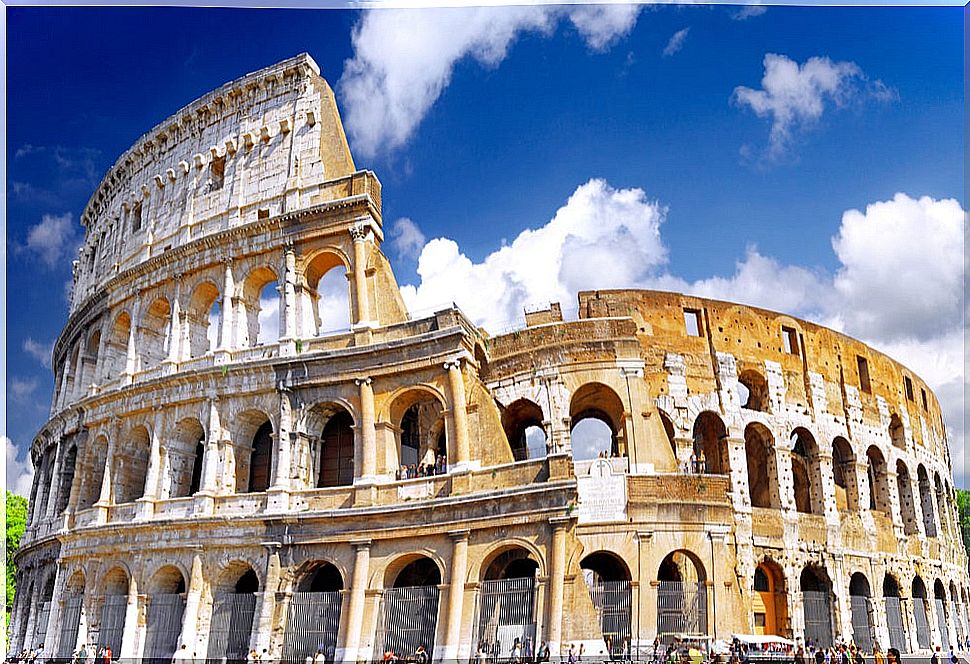
The capital of the Empire, how could it be otherwise, had to have the most impressive of the amphitheaters, with 189 meters long by 156 wide and 57 meters high. The Colosseum was completed in 1980 and the celebrations for its inauguration lasted a hundred days. It had a capacity for 50,000 people and there were all kinds of shows, including a naval battle.
2. Pula, Croatia
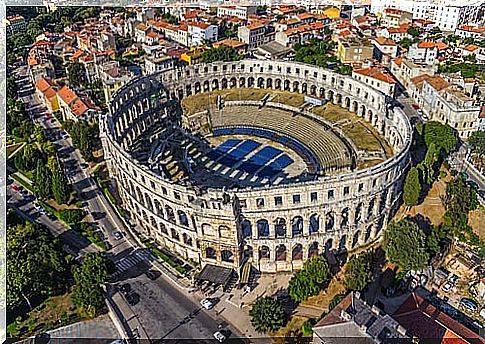
It was also built in the 1st century and the similarities with the Colosseum in Rome are evident. The Pula amphitheater is also spectacular. It has an elliptical shape, 132 meters long by 105 wide and 32 high ; the first two levels have 72 arches and four towers. It had a capacity for 20,000 spectators and shows continue to be performed there.
3. Arena of Verona, Italy
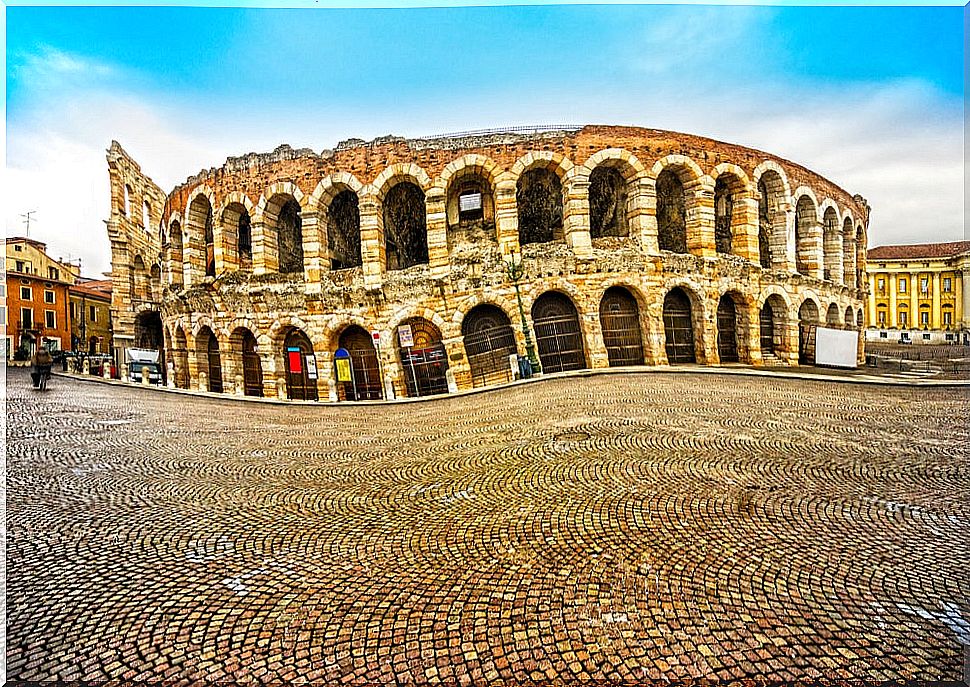
Another of the great Roman amphitheaters. It was built in the year 30 and had a capacity for 30,000 spectators. An earthquake in the 12th century caused significant damage to the structure. Fortunately, it can still be admired and enjoyed today. Thanks to its exceptional acoustics, the Verona Arena is the scene of renowned operatic events.
4. Amphitheater of Arles, France
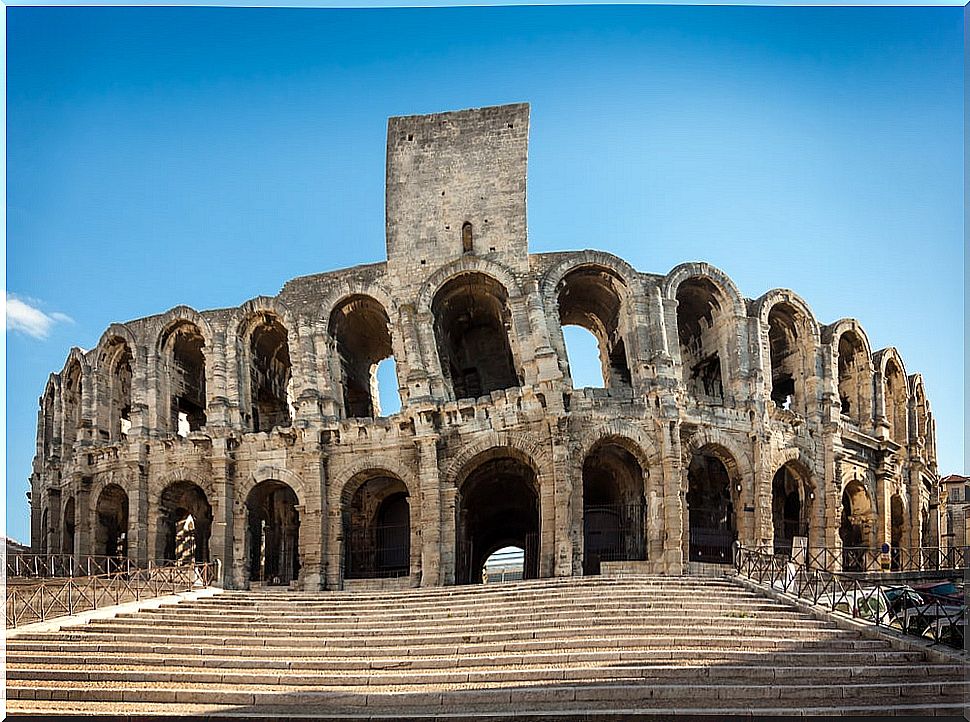
Another of the Roman amphitheaters still in use. The one in Arles has a major axis of 136 meters and a facade of 60 semicircular arches. In its heyday, up to 21,000 people could meet here, distributed in 34 tiers. Today there are not so many, but it is still in use.
5. Amphitheater of Nimes, France
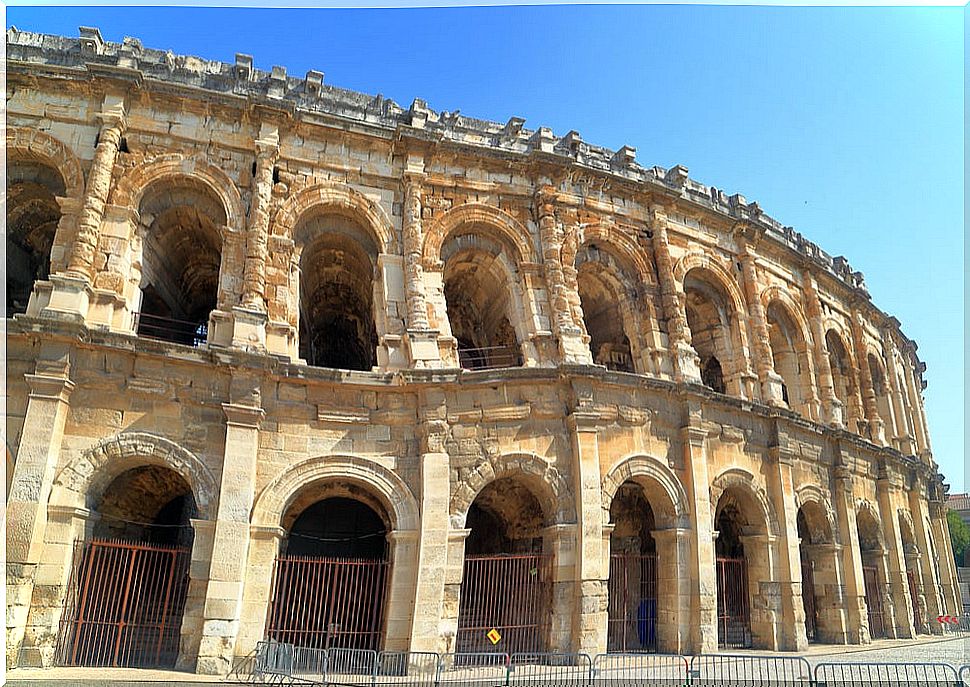
Of the Roman amphitheaters, this is the one that has survived to this day in a better state of preservation. In it, 23,000 spectators fit. As for the characteristics of this amphitheater, it measures 133 meters long by 101 wide. With a height of 21 meters, it has two beautiful levels of arcades. Of course, it is also the scene of different events.
6. Djem Amphitheater, Tunisia
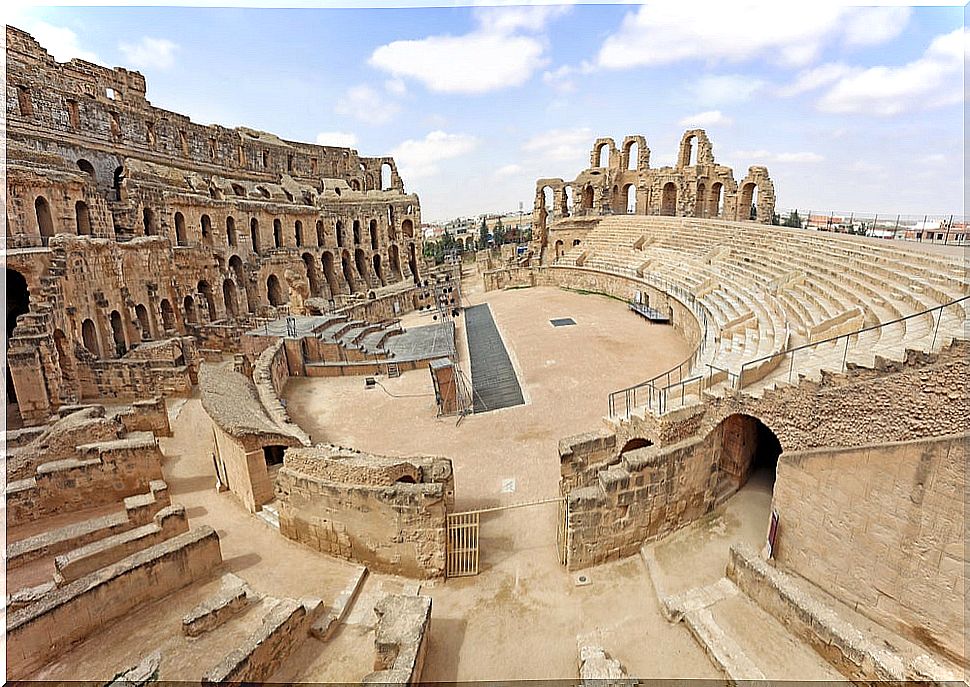
It is the largest of the Roman amphitheatres that were built in Africa and the fourth in the world, almost 150 meters long and capable of hosting 35,000 spectators. It was built in the 3rd century and, although a good part of its stones were “reused” later to erect buildings in the city, it has reached our days in an acceptable state.
7. Amphitheater of Mérida, Spain
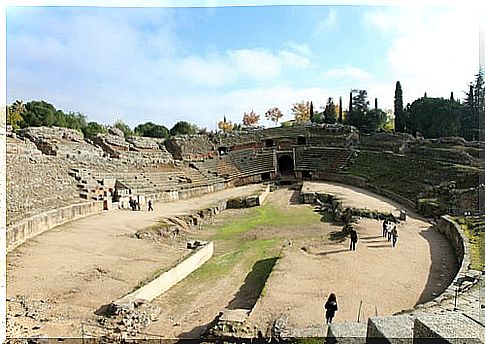
Located next to the magnificent theater in Mérida, this venue is somewhat more modest, but it was also important in its time. It was built in the 1st century, it was abandoned in the 4th century and it remained semi-buried until the beginning of the 20th. With a length of 126 meters in its main axis, it is estimated that it could accommodate around 15,000 spectators.
8. Pompeii Amphitheater, Italy
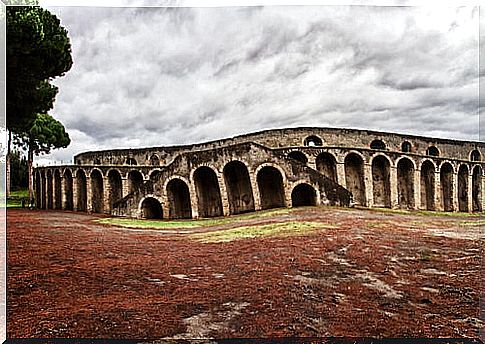
It is the oldest amphitheater that has survived to this day and the first to be built in stone. It rose in the 1st century BC and was under the ashes of Vesuvius in the eruption of AD 79. It is 135 meters long and could accommodate up to 20,000 people.
9. Leptis Magna Amphitheater, Libya
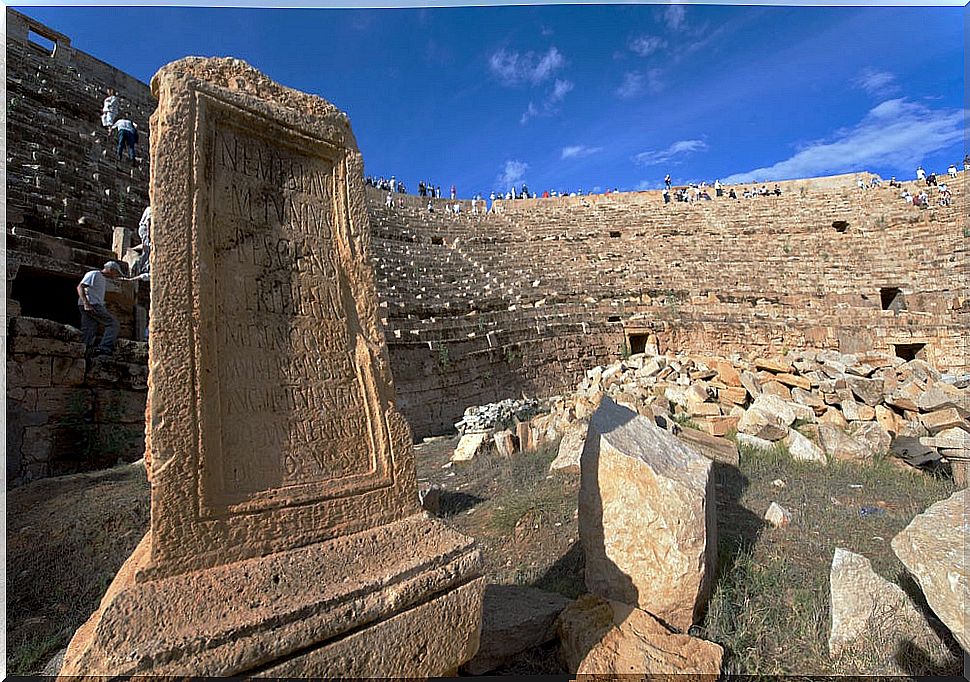
It was built in the 1st century, at the time of Nero, and more than 15,000 people could gather there to see the shows. Several earthquakes damaged it considerably and it ended up buried underground until the beginning of the 20th century. Its peculiarity is that it is not elliptical, but its shape is due to the union of two semicircles, and it is dug into a hill.
10. Amphitheater of Itálica, Seville, Spain
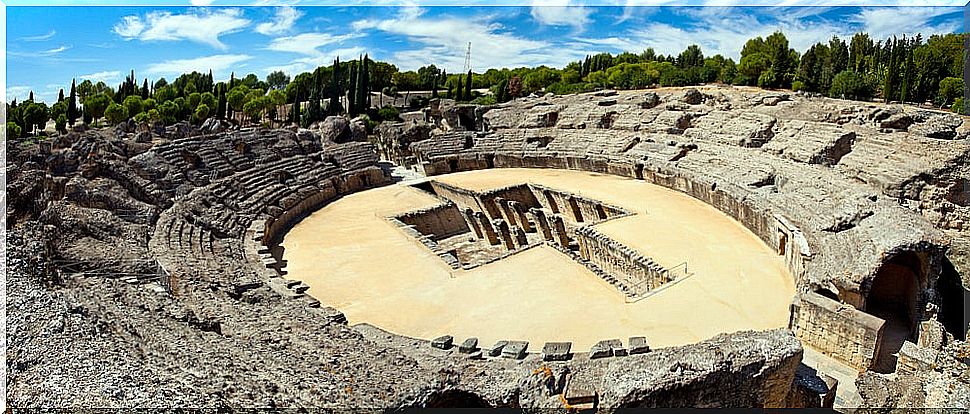
Italica was the first city of Roman Hipania and had great relevance. This is why its amphitheater, built in the second century, was one of the largest in the Empire, measuring 160 x 137 meters, three tiers of bleachers and a capacity for 25,000 people.
